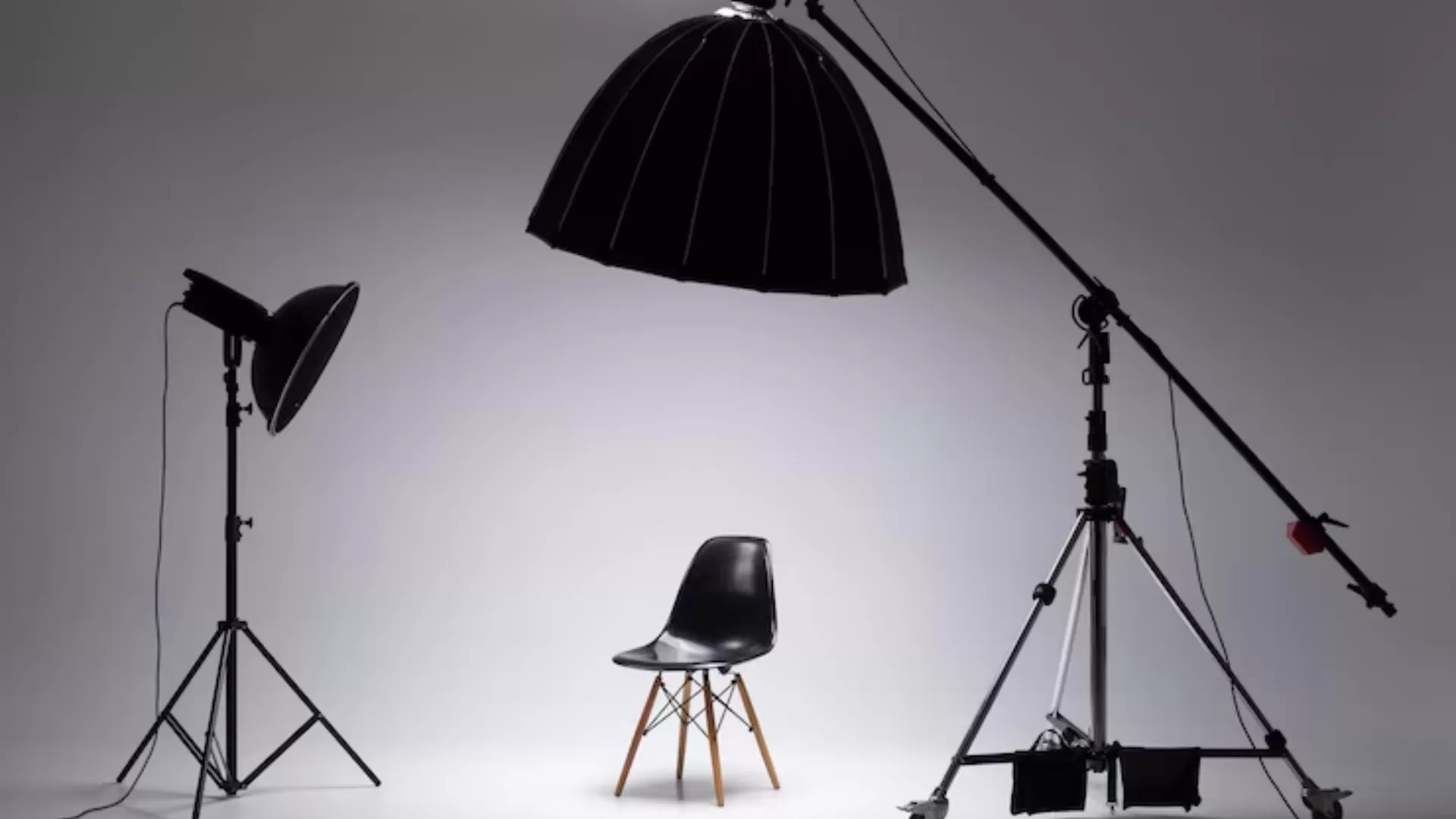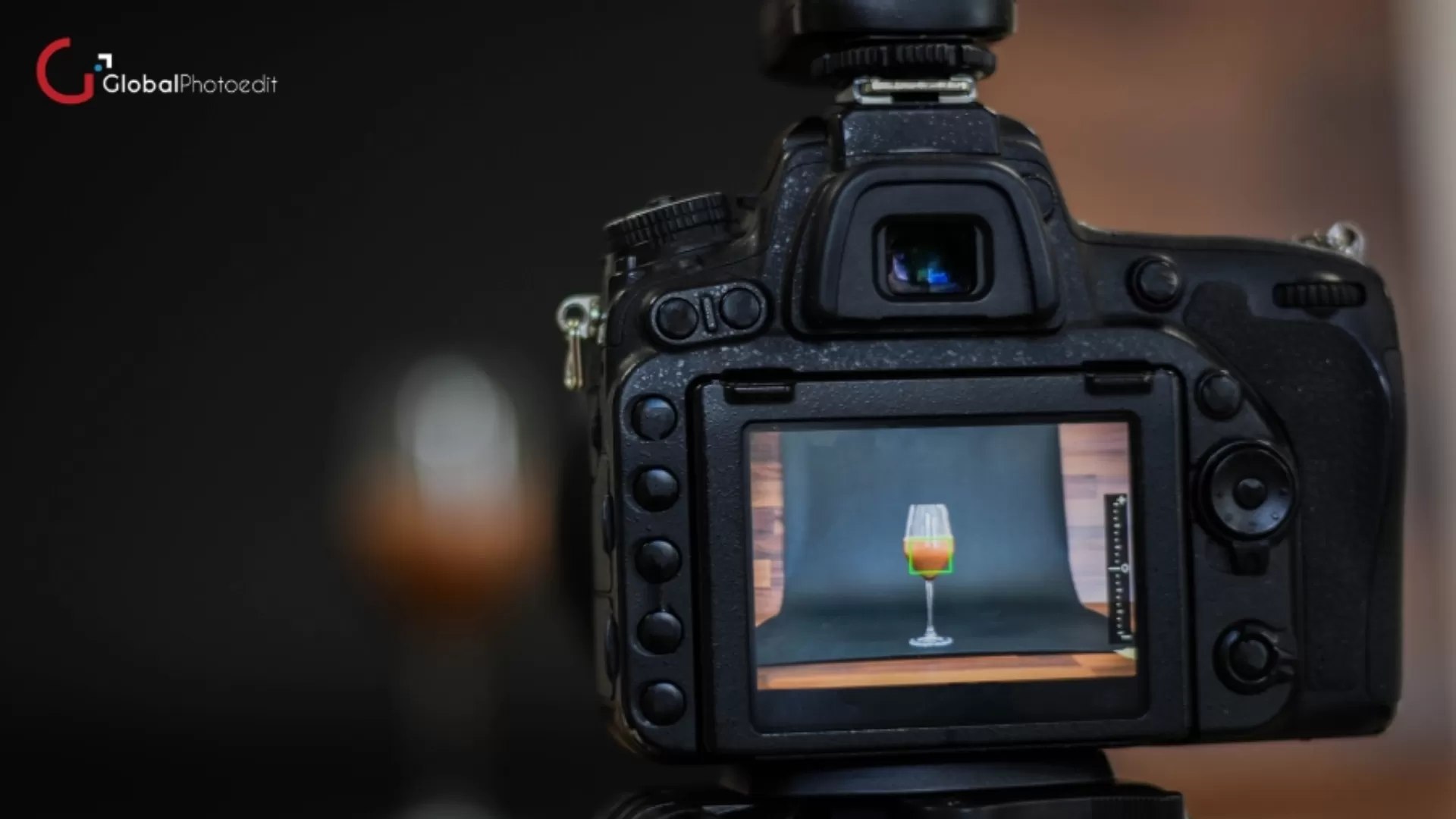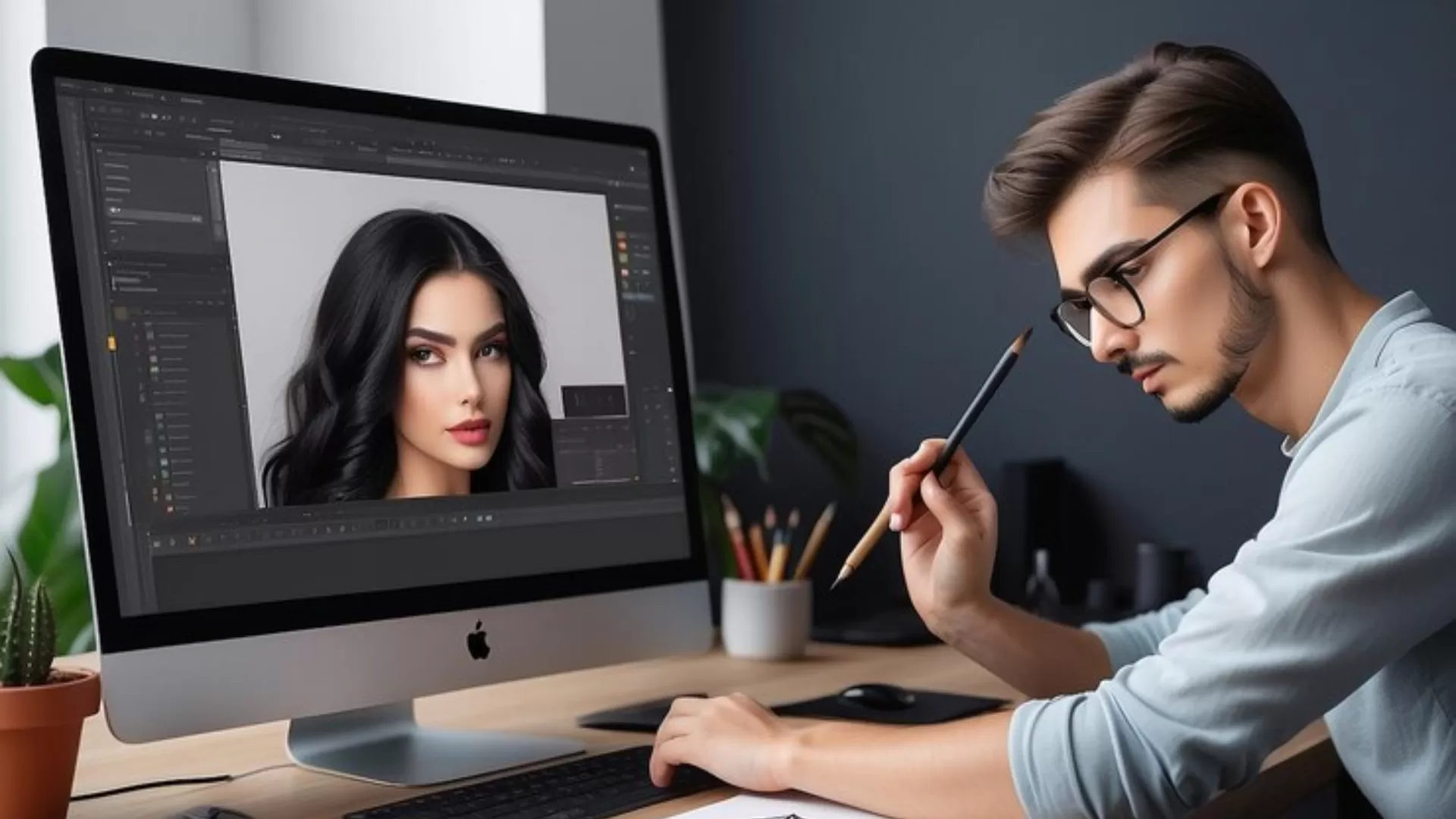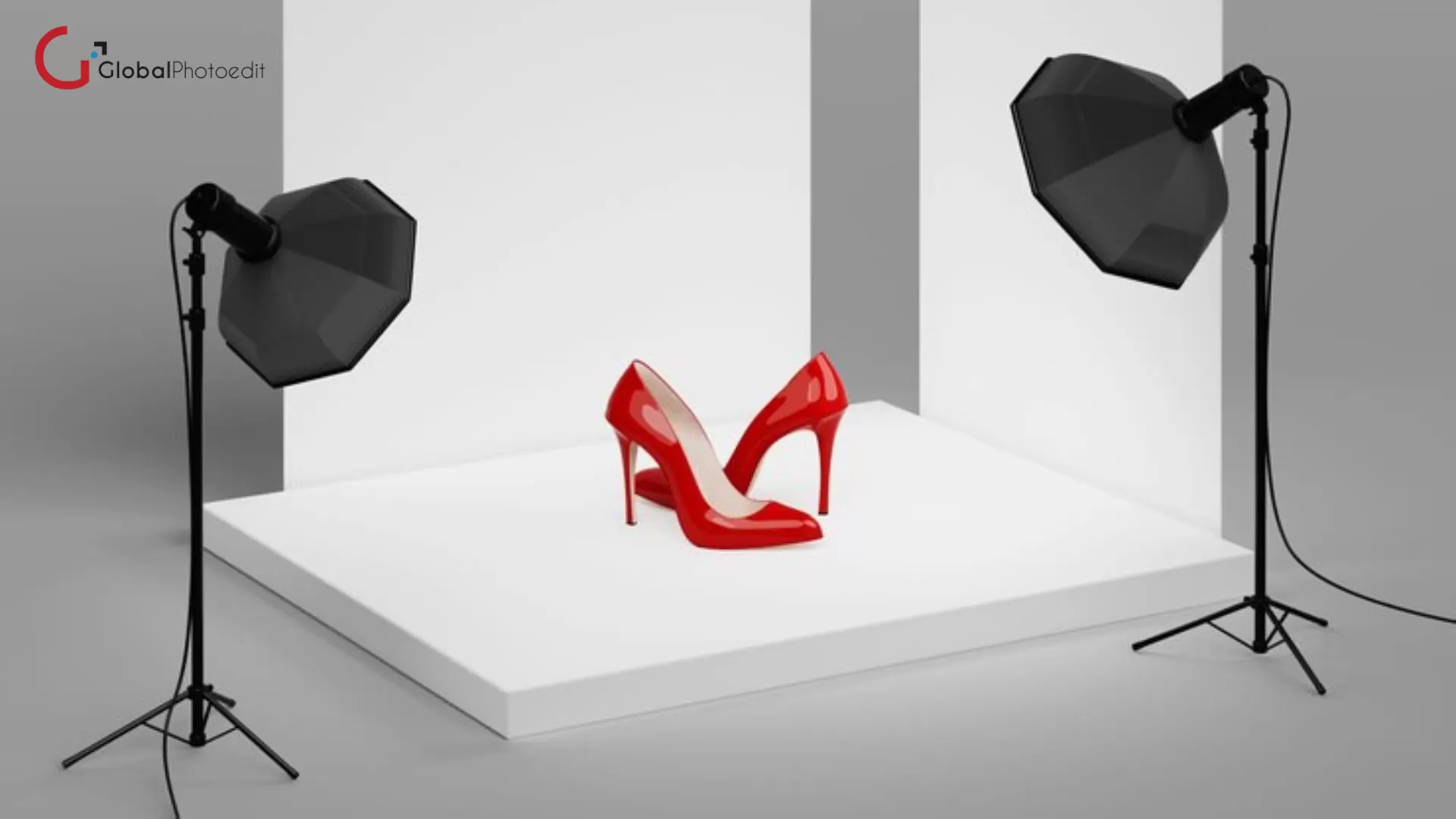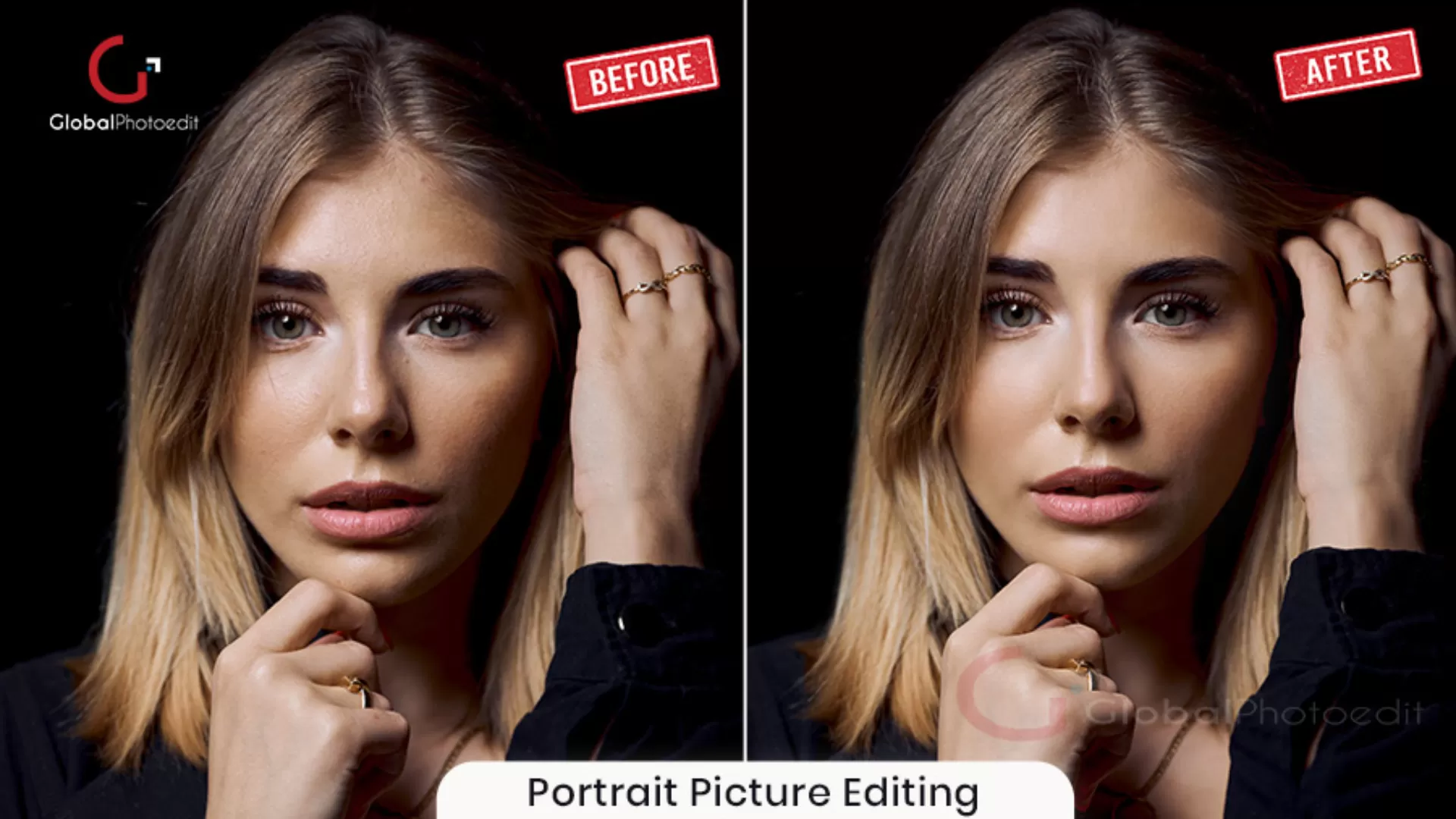Product Photography for E-Commerce: What is New in 2025?
There has been so much change in e-commerce photography over the years; things can't get hotter for businesses who are planning to enter this world in 2025. The companies need to meet the photography trend to keep pace with the dynamic competition.
Your high-budget product shoot is no longer a luxury; it has become an absolute requirement. Let us look into the latest trends in e-commerce product photography that are defining the year 2025 and beyond, shall we? These trends are actively being explored by all the reputed ecommerce product photo editing companies.
The Importance of Product Photography in E-Commerce:
It is very important to have product photography in E-Commerce. This is for the simple reason that it helps the customers in making their decisions. Unlike customers who go to stores and touch or feel the products, a customer using e-commerce must see photos that can relay as much information as possible. This is where e-commerce photography comes in: to give the customer that essential visual link with the product-the features, quality, and use of it.
A clear, accurate, and beautiful product photo can motivate the customer, resulting in reduced returns and higher sales potential. Therefore, e-commerce found that the cost-effectiveness of doing professional product photography is no longer a question of should they, but must they.
E-Commerce Photography Trends in 2025
There are some very promising new trends in e-commerce product photography as we head towards 2025. Here are some of the key trends shaping the future of visual storytelling for retail online:
1. 3D Product Images and Interactive Graphics
The most outstanding of all trends in e-commerce photography in 2025 is that of 3D product images. It has made 3D product visuals more available to e-commerce brands as technologies develop. These pictures allow customers to interact with products in ways that are impossible with traditional 2D photographs.
They can rotate, zoom, and view products from every angle. Features like these enhance the shopping experience for users. This complete immersion grants more knowledge of the design, texture, and function of the product.
With shoppers being able to see the product from all angles, they're likely to make more informed decisions about purchases-especially for things that are highly visual or need very close examination, such as furniture, electronics, and clothing.
And last, interactive visuals are also increasing in popularity. Increased application of virtual and augmented reality will be the hallmark of product photography in e-commerce in 2025. It is just like taking that next step; brands may already be leveraging the advanced tool that will develop AR applications that allow customers to visualize how the product would look or fit in with their surroundings before they purchase it.
For instance, a customer shopping for a sofa would be able to see how it fits into their living room by taking a picture with their smartphone or tablet. Certainly, a great ability to be able to engage with the product in a remarkable way will minimize all the issues associated with buying something that may be costly, large, or difficult to fit.
2. AI-Enchanted Product Photography
E-commerce photography is in the process of experiencing a major rave, courtesy of amazing artificial intelligences that do everything and automate multiple aspects in the photography making process-the product photography.
The magic of these things in photography is that through little human effort and time, they can beautify or optimize the pictures in: sharpness, brightness, and color view.
For example; AI can also be used to eliminate imperfections such as reflections or shadows and immediately fix them. Moreover, AI can also create realistic models or add backgrounds with product photos so that physical photoshoots can almost be eliminated. The company via AI can experiment with as many possible styles, settings, or lightings to create numerous photographs of the products without the hassle that usually tags along with photoshoots.
Come 2025, expect to see even more applications of AI in matching photography of products exactly and closely to the customer view-the most well-known example being brands that use AI to give personalized product images for a customer based on their browsing history or location. The use of AI will lead to more demand for ecommerce product editing services having expertise in this domain.
So if they were looking for something outdoors, AI would have it populate the settings of nature, whereas if someone were looking at office furniture, they might see those items in very sleek contemporary workspaces.
3. Real Living Photography
In 2025, lifestyle photography is taking center stage, leaving photographs from the studio behind. Lifestyle photography can showcase products realistically, thus presenting how they fit into the lives of its users.
The most significant change in 2025 is authenticity. Today's buyers want to see how products are used in genuine, unscripted settings. They want associability and truth rather than superbly polished, staged types. For example, a clothing line shows a model wearing its items on-the-go while traveling, hiking, or just hanging about with some pals instead of a pre-directed studio setting.
This helps evoke emotional associations with customers. It also enables brands to market a lifestyle around their products, showing customers how they can imagine themselves in the world of that specific brand.
4. Optimized Product Photography for Social Media
The optimization of product photography for various social media platforms has become a trend among e-commerce companies and has been in full effect since the advent of social commerce. We expect an additional emphasis on storytelling through updated images for 2025, specifically for the purposes of social media integration in business. The demand for product retouching service will increase as businesses will reach out to them for optimized images for different social media platforms.
Social media platforms, particularly Instagram, Facebook, and Pinterest, not only show a particular image but also encourage compelling and shareable content. As such, e-commerce brands have now turned to getting images of their-products-not-only visually appealing but out-and-out interactive-as in BTS, unboxing videos, plus UGC, emphasizing how real consumers engage with their products.
User-generated content allows building customer loyalty and trust in product photography. Consumers seem more trustful of those recommendations from fellow customers than in the highly-polished, commercialized ads. So brands actively encourage customers to share their photos and videos showing their own products which can be used for marketing as well.
5. Sustainability in Product Photography
Sustainability is the number one driver in e-commerce, and although product photography is not an exception, it is moving with the tide. As the eco-conscious consumer now demands more from brands regarding sustainable practice, so are the e-commerce businesses in even dropping their visual content environmental footprints.
Ecolgage in product photography by 2025 includes the materials reduced waste, digital technologies significantly cutting down the use of physical props and resources, carbon consciousness post-shoots, induced virtual images and from photographers and creators, who are aware and cognizant of environmental impacts.
There is even the new tide of sustainability messaging through product photography. E-commerce brands now increasingly know how to engage the conscience of their customer base with product images that emphasize their commitment to ethical production, fair trade practices, or recycled materials.
6. The Upsurge of Video and Short-Form in Value Content
Because of the increasing use of video content, e-commerce photography is slowly fusing with video production. Most short-form videos, such as those seen on TikTok or Instagram Reels, are required to showcase a product dynamically and engagingly.
By 2025, e-commerce companies will further integrate video content into usual static images. For example, short videos would demonstrate a product in use, offer tutorials, and feature unboxing experiences. This would increase interactivity with the customer while letting them have a closer view of the product's functions and use cases.
Moreover, in such a convergence of videos and shoppable features, customers can click on the product within the video to be taken to the checkout platform. Everything brings an even more seamless purchase process. If you’re looking to know more on this, reach out to a product photo retouching services provider.
7. Minimalist Photography
Minimalistic photography is one of the latest trends being adopted in e-commerce photography, and by 2025, most brands will be opting for a simple yet clean, clutter-free background to showcase their product as the main focus when adding other elements into the essays. Minimalist photography creates an aura of clarity and focus so that viewing the images becomes a beautiful, elegant experience for the viewing customers.
The aspirational characteristics of minimalist photography relate best with high-end or luxury goods-from which the customers want to see maximum exposure in terms of quality and design. This kind of photography enhances the aesthetic appeal of an online shopper who is looking for modern, sophisticated designs.
Minimalist product photography usually highlights one main product lit with some careful styling. Rid of all clutter, the light showcases the product so that its features-richness can shine through-whether it's a sparkling piece of jewelry, an elegant designer handbag, or a high-tech gadget.
Conclusion
This year showed much advancement in e-commerce photography, emerging technologies, as well as changing views by consumers on core engagement and authenticity. It is now transforming even in the use of 3D interactivity or AI customization or even shots that make a product look like a lifestyle image, not just showcasing what is sold to online shoppers.
E-commerce companies should adopt such trends in photography for all products as they advance forward. Through this, customers will experience memories with a pinch of reality in making purchases. Future e-commerce pictures will be where the product and customer meet, become engaged, and experience a voice that eventually becomes touched and personal.
With the year 2025 ahead, one or another measure of success for most online retailers will depend on how these advancements will bring innovation and adaptability in this kind of photography. Looking to tap all these emerging trends for your business? Reach out to Global Photo Edit- ecommerce product photo editing company.


